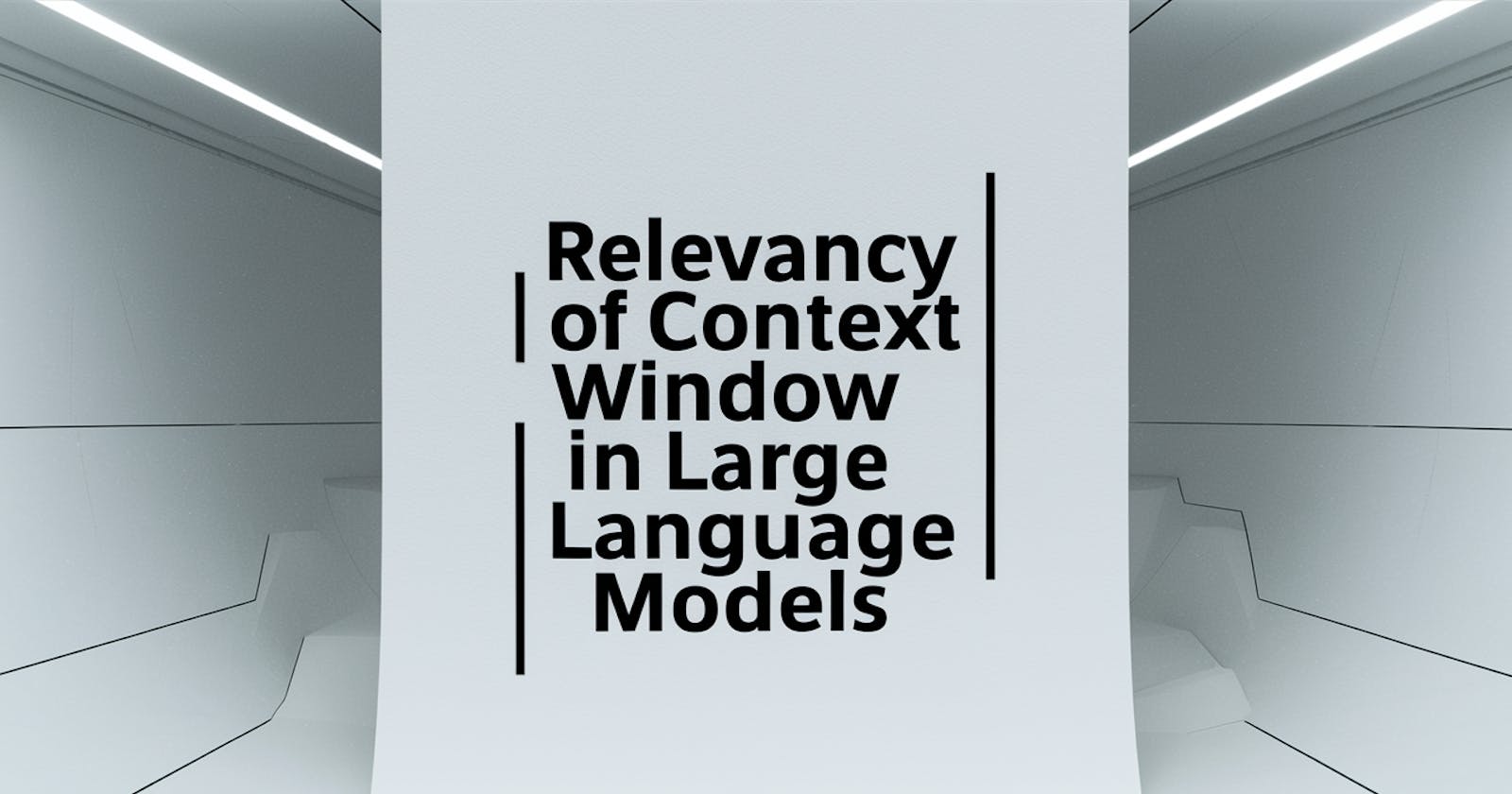In the context of LLMs, the concept of a "context window" refers to the span of tokens or words that the model considers when predicting the next word in a sequence of text.
Here's how it works:
Tokenization: Text input is tokenized into a sequence of tokens (words or sub-words ). Each token is represented by a unique numerical identifier.
Context Window: The context window determines how many previous tokens the model looks at to predict the next token in the sequence. For example, if the context window size is 128, the model considers the previous 128 tokens in the sequence as context for predicting the next token.
Input Encoding: The tokens within the context window are encoded into numerical vectors using embeddings. These embeddings capture the semantic and syntactic information of each token.
Model Prediction: Given the encoded context window, the LM predicts the probability distribution over the vocabulary for the next token. This prediction is based on the learned patterns and relationships within the context window.
Next Token Prediction: The token with the highest predicted probability is chosen as the next token in the sequence. This process iterates recursively, with the predicted token becoming part of the context window for predicting the subsequent token.
Adjusting the size of the context window can have significant implications for the model's performance and computational efficiency:
Larger Context Window: Allows the model to consider more contextual information, potentially capturing longer-range dependencies in the text. However, larger context windows also increase computational complexity and memory requirements.
Smaller Context Window: Limits the amount of context the model can consider, which may lack deep understanding of long-range dependencies but can lead to faster inference and reduced memory usage.
